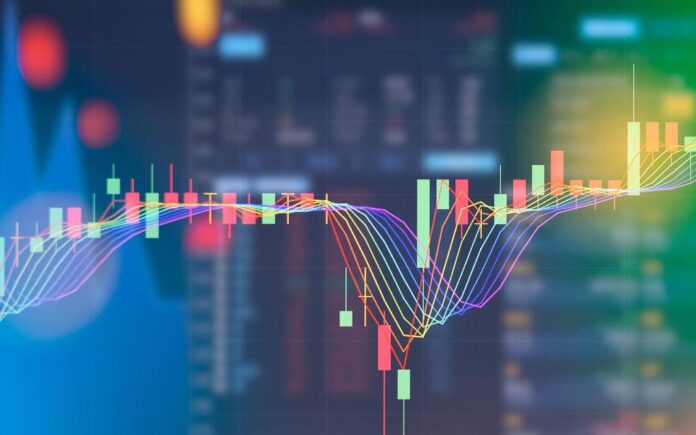In the rapidly evolving landscape of financial markets, the pursuit of efficiency and precision has led to the emergence of automated trading systems that leverage sophisticated algorithms to capitalize on fleeting opportunities. At the heart of these systems lies a critical component: market data playback.
This process allows developers to simulate real-time trading scenarios using historical data, providing invaluable insights into market behaviors, strategy effectiveness, and risk management. Through the lens of this dynamic practice, traders can refine their algorithms, testing them against various market conditions without the inherent risks of live trading.
As competition intensifies and technology advances, understanding the intricacies of market data playback becomes essential for anyone looking to harness the power of automation in trading. It is not merely a tool; it is a gateway to strategic innovation and informed decision-making in the complex world of finance.
Introduction to Automated Trading Systems

Automated trading systems represent a paradigm shift in financial markets, blending cutting-edge technology with the intricate dance of algorithms and market dynamics. These sophisticated frameworks operate around the clock, analyzing vast datasets at lightning speed, executing trades without the delays inherent in human interaction.
Yet, the effective development of such systems is far from simple; it requires an in-depth understanding of market behaviors, precise programming, and, perhaps most critically, robust testing methodologies. Enter market data playback—a powerful tool that allows traders and developers to immerse themselves in historical trading scenarios, replaying price movements and order book changes as if they were life, using a chart replay free tool. This innovative approach not only aids in fine-tuning strategies but also sharpens the ability to anticipate market fluctuations, ultimately laying the groundwork for creating resilient and adaptive trading algorithms.
In this article, we will delve deeper into the significance of market data playback and its transformative role in crafting successful automated trading systems.
Understanding Market Data Playback

Understanding Market Data Playback is essential for anyone venturing into the realm of automated trading systems. This intricate process involves the simulation of historical market conditions, allowing traders to test their strategies against past data. Imagine wading through the myriad price movements of various assets, examining how the market reacted to specific events—what worked, what didn’t, and why.
The playback feature not only reveals potential flaws in a trading algorithm but also highlights profitable patterns that might be obscured in real-time trading. It serves as a laboratory where theoretical strategies meet the harsh realities of the market, providing traders with the insights necessary to refine their approaches.
By delving into this simulated environment, one can uncover hidden opportunities while avoiding costly missteps, creating a robust foundation for successful trading endeavors.
The Importance of Historical Market Data

Historical market data serves as the bedrock for developing robust automated trading systems, offering insights that are invaluable for both strategy formulation and risk management. By examining past price movements, traders can identify patterns and anomalies, allowing them to discern potential opportunities that may arise under similar conditions in the future.
This data does not just provide a snapshot of market trends; it reveals the intricacies of how various factors—economic indicators, geopolitical events, and market sentiment—interact in shaping price behavior over time. For instance, a trader might uncover that stock A typically rallies following a specific economic report, insight that could yield significant profits if incorporated into an automated trading algorithm.
Moreover, diving deep into historical volatility helps in calibrating risk parameters, ensuring that systems are not only profitable but resilient in the face of market turbulence. Ultimately, without this wealth of data to draw upon, the efficacy of any automated trading strategy would be significantly diminished, resulting in missed opportunities and increased exposure to unforeseen risks.
Conclusion
In conclusion, market data playback plays a pivotal role in the development and refinement of automated trading systems, providing essential insights into past market behavior and performance. By simulating historical trading conditions, traders can effectively fine-tune their algorithms, test various strategies, and ultimately enhance their decision-making processes.
The availability of chart replay free platforms further democratizes access to these invaluable tools, allowing traders of all levels to learn from past market intricacies without incurring additional costs. As the landscape of trading continues to evolve, embracing market data playback will be crucial for those seeking to gain a competitive edge in the increasingly sophisticated world of automated trading.











